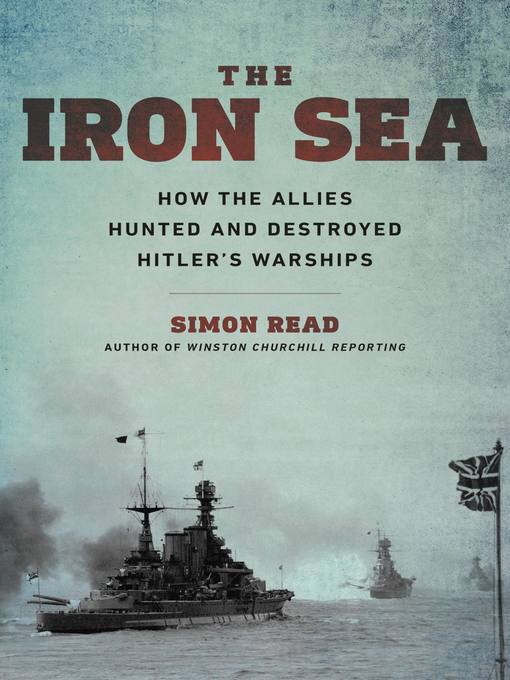
The Iron Sea
How the Allies Hunted and Destroyed Hitler's Warships
کتاب های مرتبط
- اطلاعات
- نقد و بررسی
- دیدگاه کاربران
نقد و بررسی

Starred review from August 31, 2020
Historian Read (Winston Churchill Reporting) delivers an action-packed and vividly written rundown of how Allied forces sank Germany’s four most dangerous battleships during WWII. The Scharnhorst, Gneisenau, Bismarck, and Tirpitz “posed a mortal threat to Britain’s survival,” Read writes, endangering the island nation’s access to food and raw materials as well as its ability to supply the Allied war effort overseas. After the Scharnhorst and Gneisenau sank the aircraft carrier HMS Glorious and its destroyer escorts, killing more than 1,500 British sailors and airmen, Read notes, the German ships went on to destroy or seize “more than 115,000 tons of Allied shipping” over a two-month period in 1941. Read also describes the sinking of HMS Hood by the Bismarck (“vertical to the sea like some massive gray tombstone, she loitered for a moment before slipping beneath the waves”), and the public calls for revenge that led to an all-out effort to discover and sink the German warship. A daring attack on the dry-docked Tirpitz by British commandos failed, but RAF bombers eventually destroyed it in 1944. Drawing on firsthand accounts from Allied and German sources, Read recreates the demise of each German warship in gripping, often poignant, prose. WWII buffs and naval history fans will be spellbound.

November 15, 2020
Blow-by-blow account of the Allied battles against four potent German warships that "posed a mortal threat to Britain's survival, killers ready to sever the nation's vital arteries to its empire and the United States." Early on in his latest well-told military tale, versatile historian Read notes the seemingly endless frustration caused by the Scharnhorst, Gneisenau, Bismarck, and Tirpitz, with Winston Churchill lamenting, "Besides the constant struggle with the U-boats...surface raiders had already cost us over three-quarters of a million tons of shipping." Strategically situated in the harbor at Brest, France, the ships gave the Germans a significant advantage, allowing them to "wreak bloody havoc" on the Allied convoys carrying necessary supplies. In addition to their imposing armor and artillery, they were swift and elusive. "With a top speed each of 31 knots," writes the author, "they were faster than any British ship. First Lord of the Admiralty Winston Churchill, well aware of this fact, deemed them 'targets of supreme consequence.' " Indeed, as Read points out in this exciting narrative, the destruction caused by these four ships "would become Churchill's obsession." Catching them as they moved toward Norway and the Baltic shipping waters would cost the British dearly--e.g., the May 1941 sinking of the Hood, "the pride of the Royal Navy," which killed all but three of the 1,418 crew aboard. In addition to the pulse-pounding narrative of the ships in battle, including profiles of the many sailors who lost their lives on both sides, Read demonstrates the big-picture importance of the Battle of the Atlantic in helping sustain Britain's heavily rationed population and its war machine with food, equipment, and raw materials. The success in "securing the Atlantic sea lanes" was crucial to victories in subsequent battles. A suspenseful, well-wrought account of battling ships at sea and grave wartime conditions.
COPYRIGHT(2020) Kirkus Reviews, ALL RIGHTS RESERVED.

























دیدگاه کاربران